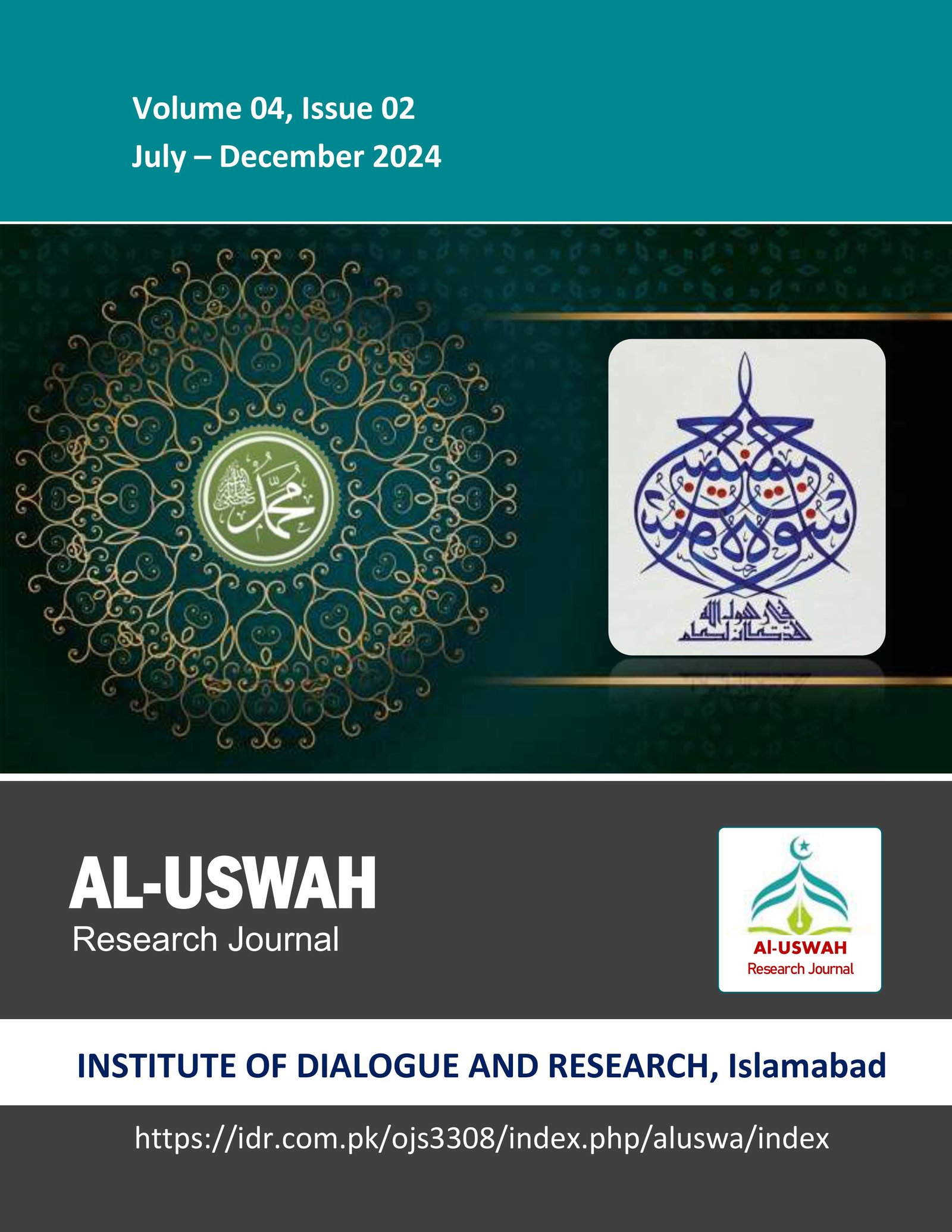تفسیر بیان القرآن اور سیرت ابن ہشام: منہجی مماثلتیں اور اختلافات کا تجزیہ
Methodological Approaches in Tafseer Bayan-ul-Quran and Seerat Ibn Hisham: A Comparative Analysis
Keywords:
Tafseer Bayan-ul-Quran, Seerat Ibn Hisham, comparative analysis, Islamic scholarshipAbstract
This study provides a comparative analysis of the methodological approaches employed in Tafseer Bayan-ul-Quran and Seerat Ibn Hisham, two significant works in Islamic scholarship. While both texts are foundational to Islamic thought, they differ significantly in their aims and methodologies. Tafseer Bayan-ul-Quran utilizes a modern exegetical framework, focusing on interpretative and critical dimensions, with particular emphasis on the context of Quranic verses and their linguistic complexities. Conversely, Seerat Ibn Hisham offers a historical narrative of the life of Prophet Muhammad (PBUH), emphasizing chronological events and their socio-cultural impacts.
Despite their shared commitment to accuracy and depth, Tafseer Bayan-ul-Quran prioritizes spiritual and jurisprudential insights, whereas Seerat Ibn Hisham focuses on historical narrative and cultural context. This research highlights the significance of these works for understanding Islamic sciences, explores their unique contributions, and examines their methodological differences to offer fresh perspectives for contemporary critical research.








